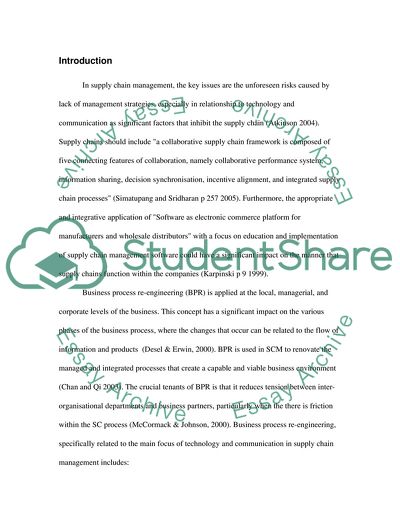Cite this document
(“Research Methods and Stats for Finance Essay Example | Topics and Well Written Essays - 2500 words”, n.d.)
Research Methods and Stats for Finance Essay Example | Topics and Well Written Essays - 2500 words. Retrieved from https://studentshare.org/miscellaneous/1538392-research-methods-and-stats-for-finance
Research Methods and Stats for Finance Essay Example | Topics and Well Written Essays - 2500 words. Retrieved from https://studentshare.org/miscellaneous/1538392-research-methods-and-stats-for-finance
(Research Methods and Stats for Finance Essay Example | Topics and Well Written Essays - 2500 Words)
Research Methods and Stats for Finance Essay Example | Topics and Well Written Essays - 2500 Words. https://studentshare.org/miscellaneous/1538392-research-methods-and-stats-for-finance.
Research Methods and Stats for Finance Essay Example | Topics and Well Written Essays - 2500 Words. https://studentshare.org/miscellaneous/1538392-research-methods-and-stats-for-finance.
“Research Methods and Stats for Finance Essay Example | Topics and Well Written Essays - 2500 Words”, n.d. https://studentshare.org/miscellaneous/1538392-research-methods-and-stats-for-finance.


